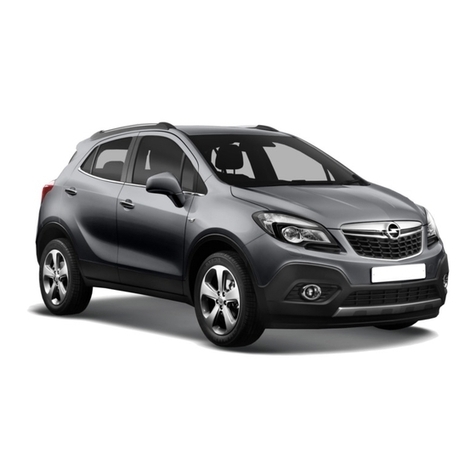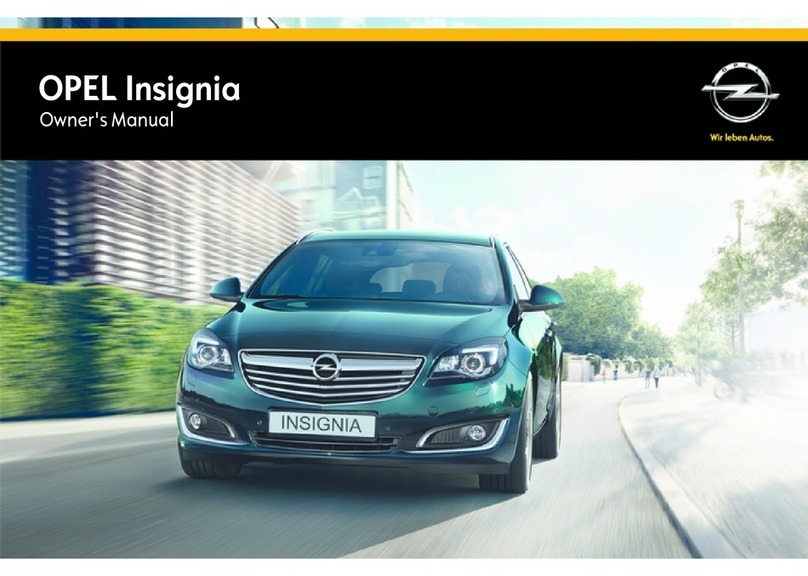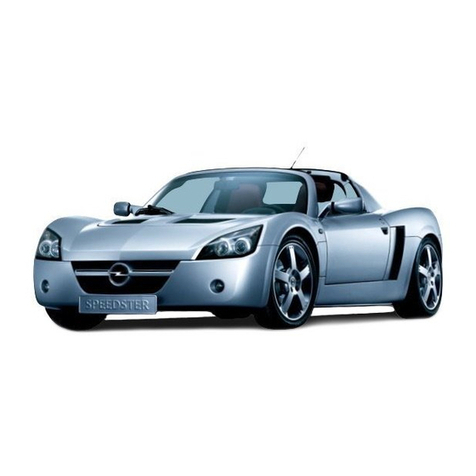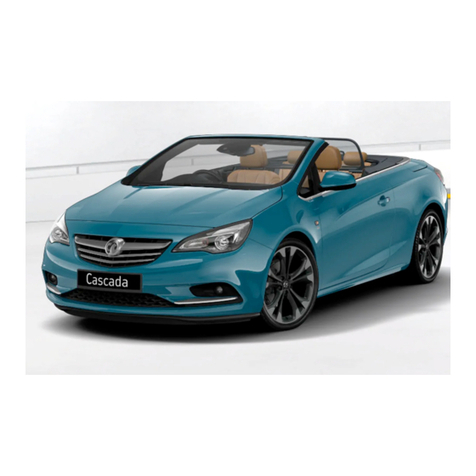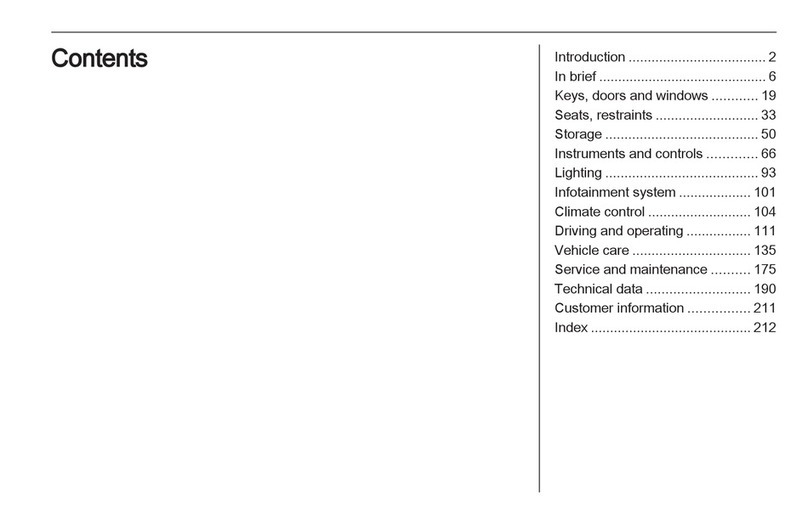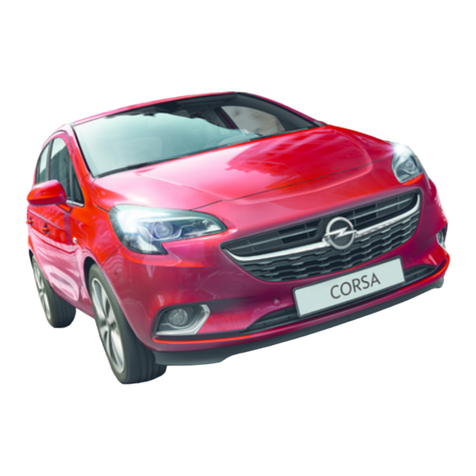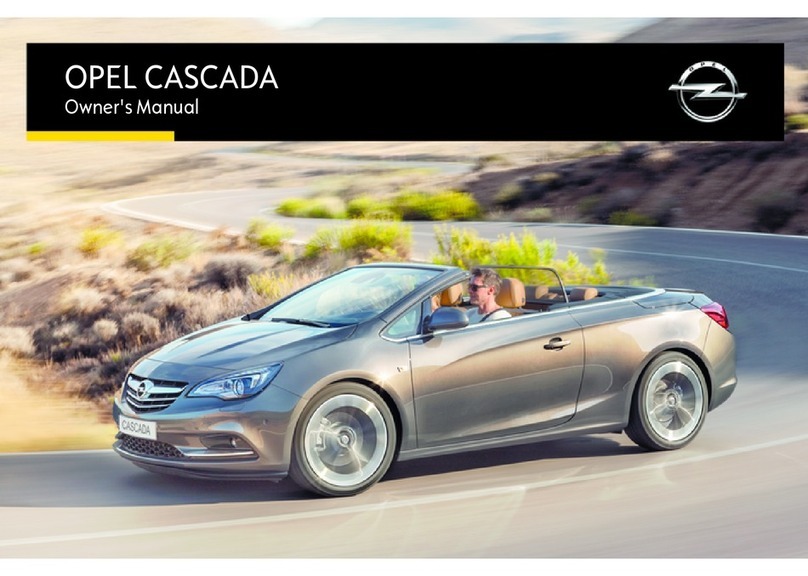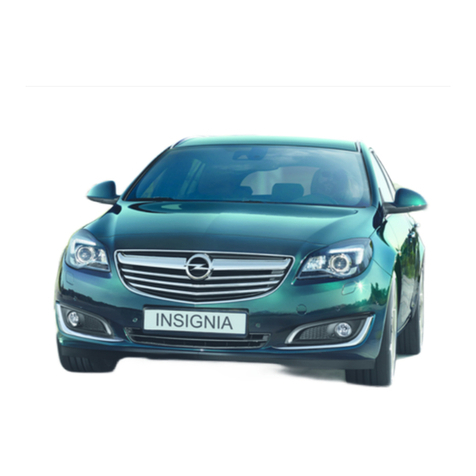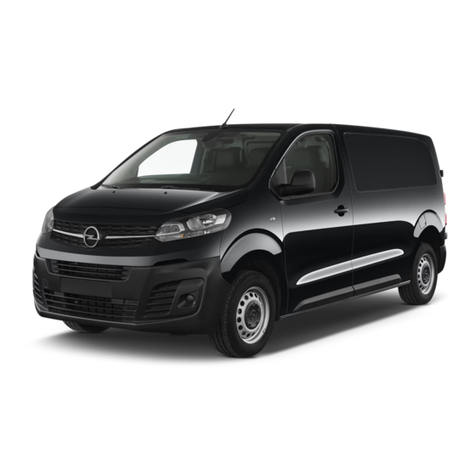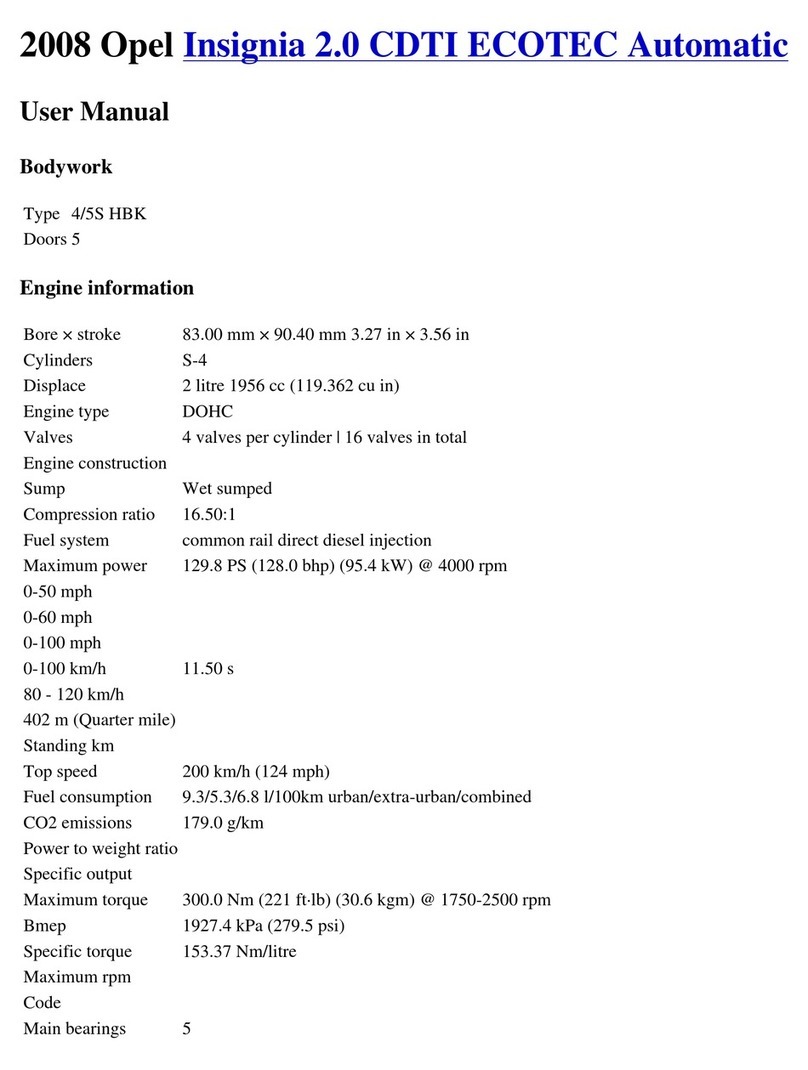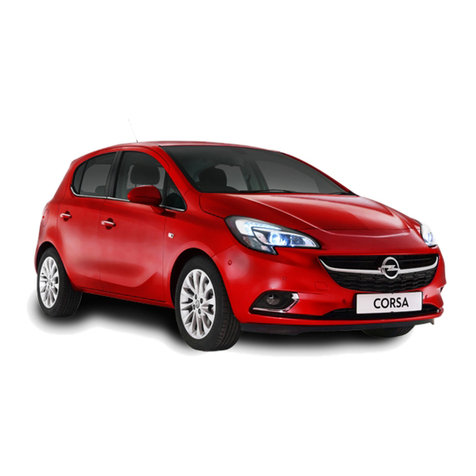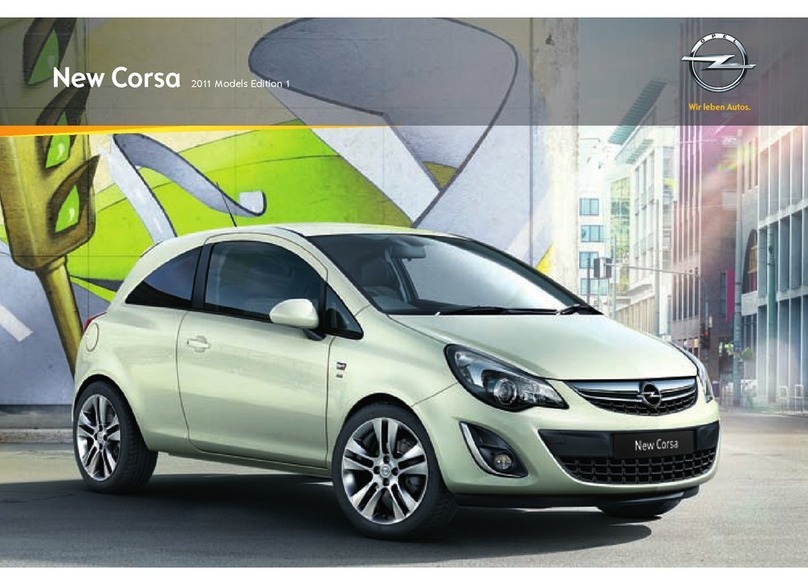
Working on your car can be dangerous.
This page shows just some
of
the potential
risks and hazards, with the aim
of
creating a
safety-conscious attitude.
General hazards
Scalding
• Don't remove the radiator or expansion
tank cap while the engine
is
hot.
• Engine oil, automatic transmission fluid or
power steering fluid may also
be
dangerously
hot ifthe engine has recently been running.
Burning
• Beware
of
burns from the exhaust system
and from any part
of
the engine. Brake discs
and drums can also be extremely hot
immediately after use.
Crushing
• When working under
or
near
-3
a raised vehicle, n
~
always
~..,£......"(],
}t.,_
@©
supplement
the
/1@
-
~~
-~
jack with axle
'ill!J.~f~f§[~~~~
st~nds,
or
use
/I'~
dnve-on -\)
ramps.
~((,~ILJ...-~
Never
venture
under
a
car
which
is
only
supported
by
a
jack.
• Take care if loosening
or
tightening high-
torque nuts when the vehicle is on stands.
Initial loosening and final tightening should be
done with the wheels on the ground.
Fire
• Fuel
is
highly flammable; fuel vapour is
explosive.
• Don't let fuel spill onto a hot engine.
•
Do
not smoke
or
allow naked lights
{including pilot lights) anywhere near a
vehicle being worked on. Also beware
of
creating sparks
(electrically
or
by
use
of
tools).
• Fuel vapour is heavierthan air, so
don't
work on the fuel system with the vehicle over
an
inspection pit.
• Another cause
of
fire is
an
electrical
overload
or
short-circuit. Take care when
repairing
or
modifying the vehicle wiring.
• Keep a fire extinguisher handy, of a type
suitable for use on fuel and electrical fires.
Electric
shock
1..
1 1 ?
,,
• Ignition HT
voltage can be
dangerous,
especially
to
f-'" ,.r
people with heart f
problems
or
a ,..r
pacemaker. Don't
./
work on
or
near the )
~
ignition system with J 1 1 < ) "\,._'
the engine running
or
J \ , ,
the ignition switched on.
• Mains voltage is also dangerous. Make
sure that any mains-operated equipment is
correctly earthed. Mains power points should
be
protected
by
a residual current device
(RCD)
circuit breaker.
Fume
or
gas intoxication
• Exhaust fumes are
poisonous; they often
contain carbon
monoxide, which is
rapidly fatal
if
inhaled.
Never run the
engine in a
confined space
such as a garage
with the doors shut.
• Fuel vapour
is
also
poisonous,
as
are the vapours from some
cleaning solvents and paint thinners.
Poisonous
or
irritant
substances
• Avoid skin contact with battery acid and
with any fuel, fluid
or
lubricant, especially
antifreeze, brake hydraulic fluid and Diesel
fuel. Don't syphon them by mouth. If such a
substance is swallowed
or
gets into the eyes,
seek medical advice.
• Prolonged contact with used engine oil can
cause skin cancer. Wear gloves
or
use a
barrier cream
if
necessary. Change out
of
oil-
soaked clothes and
do
not keep oily rags in
your pocket.
• Air conditioning refrigerant forms a
poisonous gas
if
exposed
to
a naked flame
(including a cigarette). It can also cause skin
burns on contact.
Asbestos
• Asbestos dust can cause cancer if inhaled
or
swallowed. Asbestos may be found in
gaskets and
in
brake and clutch linings.
When dealing with such components it is
safest
to
assume that they contain asbestos.
Safety First!
o·s
Special hazards
Hydrofluoric acid
• This extremely corrosive acid is formed
when certain types
of
synthetic rubber, found
in some 0-rings, oil seals, fuel hoses etc, are
exposed
to
temperatures above 400°C. The
rubber changes into a charred
or
sticky
substance containing the acid. Once formed,
the
acid
remains dangerous
for
years.
If
it
gets onto the skin,
it
maybe necessary
to
amputate the limb concerned.
• When dealing with a vehicle which has
suffered a fire,
or
with components salvaged
from such a vehicle, wear protective gloves
and discard them after use.
The
battery
• Batteries contain sulphuric acid, which
attacks clothing, eyes and skin. Take care
when topping-up or carrying the battery.
• The hydrogen gas given
off
by
the battery
is highly explosive. Never cause a spark
or
allow a naked light nearby. Be careful when
connecting and disconnecting battery
chargers
or
jump leads.
Air
bags
•
Air
bags can cause injury ifthey
go
off
accidentally. Take care when removing the
steering wheel and/orfacia. Special storage
instructions may apply.
Diesel injection equipment
• Diesel injection pumps supply fuel at very
high pressure. Take care when working on
the fuel injectors and fuel pipes.
Warning: Neverexpose the hands,
face
or
any
other
part
of
the
body
to
injector
spray;
the
fuel
can
penetrate
the
skin
with
potentially
fatal
results.

